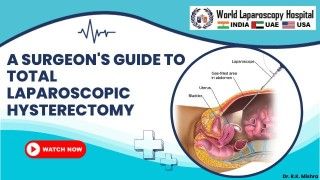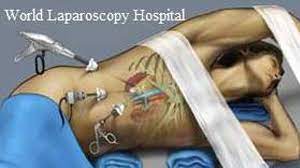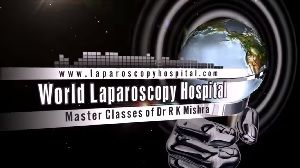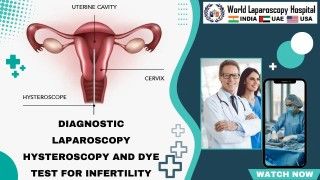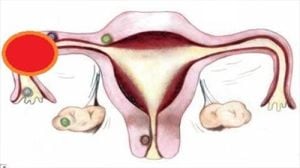Hysteroscopic Myomectomy: A Minimally Invasive Solution for Uterine Fibroids
Add to
Share
1,075 views
Report
2 years ago
Description
Hysteroscopic myomectomy is a minimally invasive surgical procedure used to remove uterine fibroids, also known as myomas, that are located inside the uterine cavity. This procedure is performed using a hysteroscope, which is a thin, lighted instrument that is inserted through the vagina and cervix and into the uterus. The hysteroscope allows the surgeon to see the inside of the uterus and to remove the fibroids using small instruments. Hysteroscopic myomectomy is a preferred option for women who want to preserve their fertility or who wish to avoid open surgery. It is generally associated with shorter recovery times, minimal pain, and fewer complications compared to traditional surgery. Hysteroscopic Myomectomy is a minimally invasive surgical procedure that is used to remove uterine fibroids, also known as myomas. This procedure involves the use of a hysteroscope, which is a thin, flexible tube with a camera and light on the end that allows the surgeon to visualize the inside of the uterus. The hysteroscope is inserted through the vagina and cervix and into the uterus, without any incisions or cuts. Once the fibroids are identified, the surgeon uses specialized instruments to remove the fibroids from the lining of the uterus. Hysteroscopic myomectomy is an outpatient procedure and patients can usually return home the same day. Recovery time is typically faster than traditional open surgery, and patients often experience less pain and scarring. This procedure is commonly used to treat symptoms of uterine fibroids such as heavy menstrual bleeding, pelvic pain, and pressure. It is a safe and effective alternative to traditional surgery and offers many benefits to patients. Hysteroscopic myomectomy is a minimally invasive surgical procedure used to remove uterine fibroids. It involves the insertion of a hysteroscope, which is a thin, lighted tube with a camera attached, through the vagina and into the uterus. The surgeon then uses small instruments to remove the fibroids through the hysteroscope. This procedure is often preferred over traditional surgery because it is less invasive, has a shorter recovery time, and can be performed on an outpatient basis. It is also associated with fewer complications and a lower risk of infection. Hysteroscopic myomectomy is typically recommended for women with smaller fibroids that are located within the uterine cavity, as it may not be as effective for larger fibroids or those located outside of the cavity. It is also not recommended for women who are pregnant or trying to become pregnant. Overall, hysteroscopic myomectomy is an effective and safe option for women who are experiencing symptoms related to uterine fibroids and want to avoid more invasive surgical procedures. It is important to discuss all treatment options with a healthcare provider to determine the best course of action based on individual circumstances. Hysteroscopic Myomectomy is a minimally invasive surgical procedure used to remove uterine fibroids, which are noncancerous growths that develop in the uterus. This procedure involves the insertion of a hysteroscope, a thin tube with a light and camera, into the uterus through the cervix. The surgeon then uses small instruments to remove the fibroids from the lining of the uterus, preserving the uterus as much as possible. Hysteroscopic Myomectomy is considered a safe and effective alternative to traditional open surgery for fibroid removal, as it offers several benefits such as less pain, quicker recovery time, and reduced risk of complications. It is usually performed on an outpatient basis, which means patients can return home the same day. This procedure is suitable for women who have small to medium-sized fibroids located in the lining of the uterus. However, it may not be suitable for women who have very large fibroids or those that are located in other areas of the uterus. Overall, Hysteroscopic Myomectomy offers a minimally invasive approach to treating uterine fibroids, providing patients with a safe and effective solution with minimal discomfort and a faster recovery time.
Similar Videos

